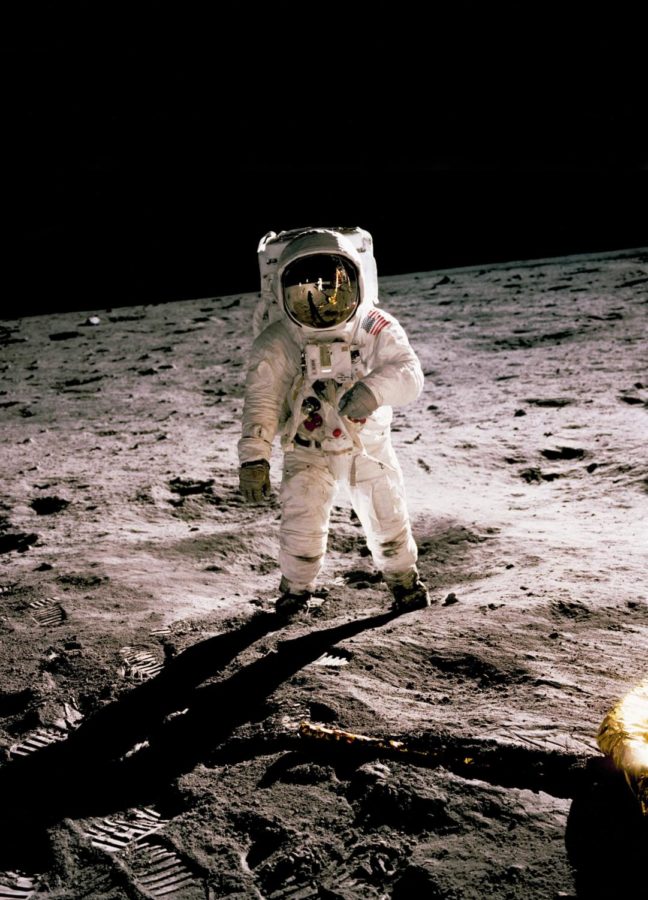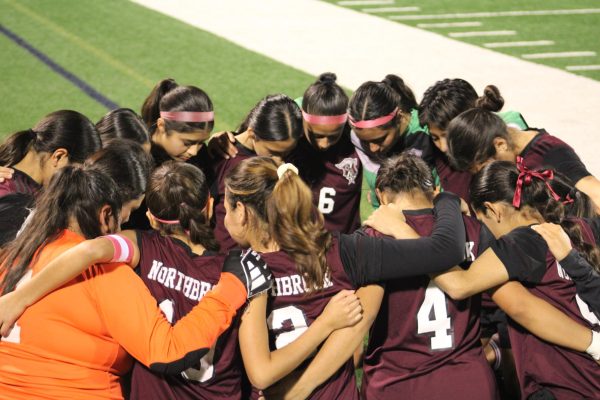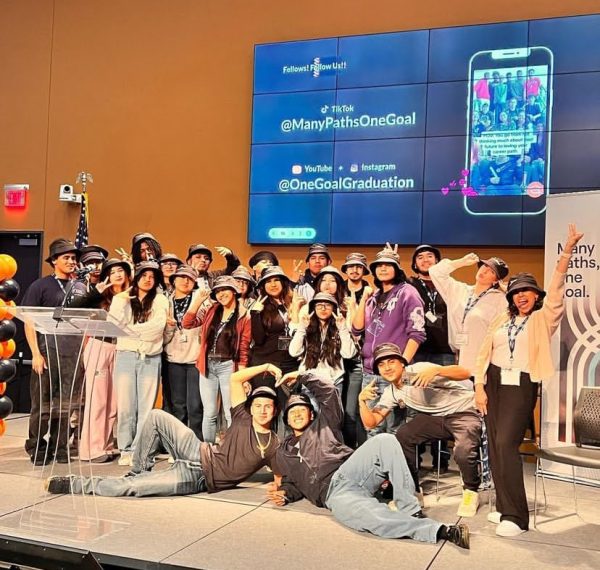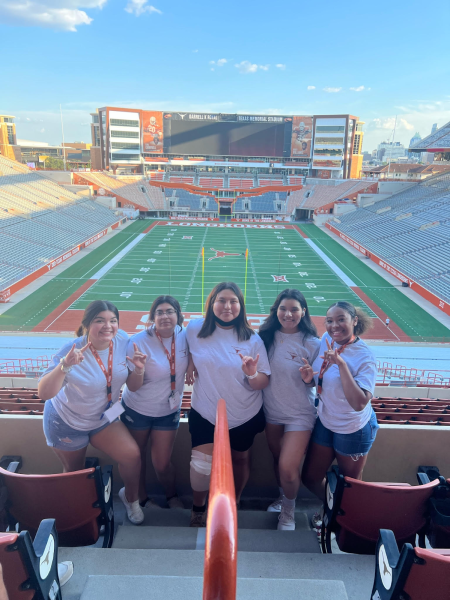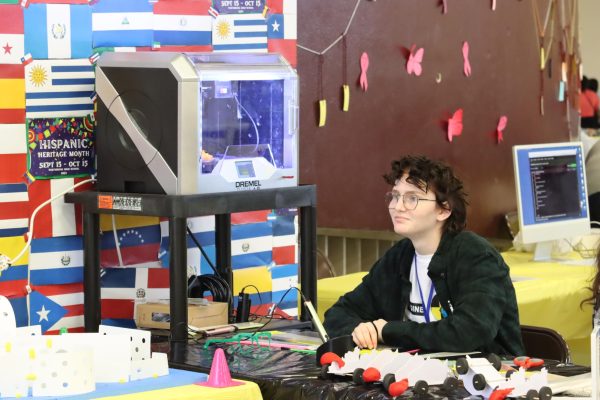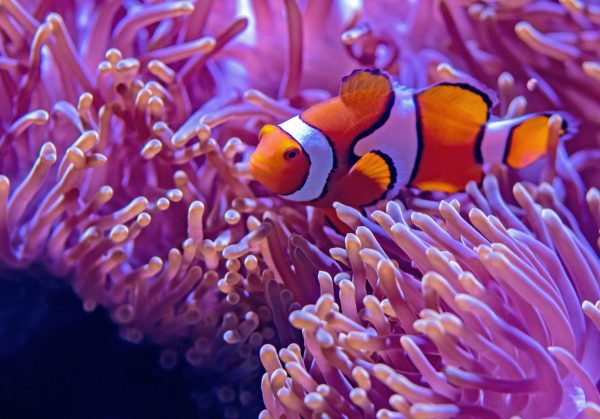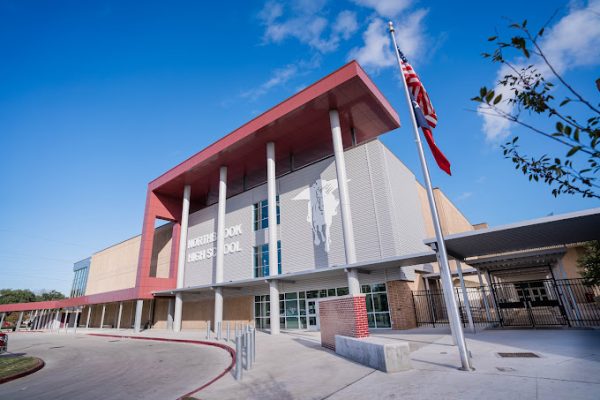Space Conquest: A Deeper look into Space Exploration
At the beginning of times when the world was created, humankind wanted to know all the mysteries of the solar system and find all the unknown planets in the universe. When man started traveling into space between the 50’s and 60’s we imagined that one day we were going to conquer all the planets in our solar system, but first we had to discover space exploration. When funding for technology began in the 60’s, NASA (The National Aeronautics and Space Administration) had a space research program to sending many satellites in deep space to study the secrets of the solar system. What was it like and when was it created was the question everybody had.
NASA space program in that time sent satellites and had manned missions in space during the 1960’s, because they were focused on a competition called Space Race. It was between the US and Russia, racing to see who would be first in space. From the first satellite until the first man on the moon marked part on space exploration. When US won the race with the moon landing at Apollo 11 and Neil Armstrong became the first man on the moon marked a new beginning in space exploration. Allowing us to discover new scientific investigations of space on other planets and a chance to discover water and life on other planets. The Apollo program continued until 1972, with the last landing on the moon by Apollo 17 had marked the end of human exploration but another new beginning in scientific research.
Robots or probes were launched in the 70’s by NASA. Something even more scientific was a space station call Skylab. Allowed astronauts to do all research and experiments, also they got to study the zero body gravity. Learning how the body can survive long periods of time in space, for example the exploration on Mars.
It is ideal for exploration and creating new things in technology design. A great achievement in space exploration was when NASA sent probes call viking to mars surface, then studied the area and atmosphere. Also, NASA explored the martian terrain. All research was successful, but not a sign of life that helped scientists in following missions to mars.
Then again robots still continue to find more secrets of the solar system. So the people at NASA sent probes to Jupiter, Saturn, Uranus, and Neptune, the gas planets in our solar system. Voyager 1 & 2 were robots sent to take pictures of the planets and study all researches between 1976 until 1989.
On the next new mission they continued sending probes to Jupiter. The sent the Galileo probe in 1989 and later in 2011 Juno took an orbit around Saturn. The only probe launched in 1997 was Cassini. It had a small robot used to descended to the surface on one of Saturn’s moons, Titan. According to the description of NASA scientists, Titan had water and maybe even life would be there soon. We will find it in the future.
That started a new period of robotic at NASA. After the Apollo era, they made a new generation of spacecraft called the space shuttle. It would carry satellites and components for a future space station or ISS. The STS became a design machine made by man that helped us in space exploration. After the end of the space shuttle program in 2011 with the last mission and international space station construction completed, NASA couldn’t go to space for nine years. Until 2020 where they launched back to space by the crew Dragon Demo two by Spacex. Marked an age of new space exploration.
Before that NASA announced the return to the moon by 2024 in the new Artemis program which is similar to the Apollo. Still, this time to build a base to we can stay on the moon for approximately a year. The space station where the astronauts work in space and do a spacewalk to fix the thing on the station sometimes.
Today we have sent thousands of satellites and probes which now orbit earth or other planets. Someday we will discover some mysteries of the universe while exploring the stars. In the future, we could build bases for homes then would have a whole new earth on Mars. That means we are going to colonize Mars and find life so we can work together. The human race meanwhile still has some exploring on our own planet and plan our future to return to the moon. The long mission to Mars would happen someday, meanwhile humanity still watch the stars on the night thinking are we alone that a mystery question we find it.
Your donation will support the student journalists of Northbrook High School. Your contribution will allow us to purchase equipment and cover our annual website hosting costs.

I am a senior student from the Class of 2022 and l love drawing and painting. I also like to study space exploration, watch spaceships and rocket videos...

